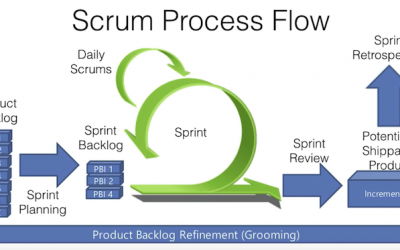In the realm of data science and analytics, exploratory data analysis (EDA) guides us through the uncharted territories of raw data. It is a powerful technique that unveils hidden patterns, relationships, and anomalies within datasets, serving as the foundation for informed decision-making and deeper insights.
What is Exploratory Data Analysis (EDA)?
Exploratory Data Analysis is the process of visually and statistically summarising and understanding the main characteristics of a dataset without making any formal assumptions or conclusions. It’s the first step in the data analysis process and involves a combination of techniques to gain an initial understanding of the data’s structure, distribution, patterns, and any potential issues that might affect subsequent analysis.
The Tools of the Trade
Descriptive Statistics
EDA often starts with calculating basic descriptive statistics such as mean, median, mode, standard deviation, and quantiles. These statistics offer a quick snapshot of central tendencies and spread within the data.
Data Visualisation
Visualisations like histograms, scatter plots and box plots provide a more intuitive understanding of data patterns. Visualisation can expose trends, clusters, outliers, and correlations that might not be evident in raw data.
Correlation Analysis
Exploring the relationships between variables is crucial. Correlation matrices or scatter plots can reveal whether variables are positively, negatively, or not correlated at all.
Distribution Analysis
Understanding the distribution of individual variables helps to identify potential outliers, skewness, and kurtosis. Distributions can be normal, skewed, or exhibit other patterns.
Missing Data Analysis
Identifying missing values is vital as they can impact the integrity of your analysis. EDA helps you decide how to handle these gaps effectively.
The Importance of Exploratory Data Analysis (EDA)
Data Quality Assessment: EDA exposes data quality issues such as inconsistencies, outliers, or errors that can distort analysis outcomes.
Hypothesis Generation: EDA often leads to the formulation of hypotheses that can be tested using more advanced techniques.
Model Assumptions: Before constructing complex models, EDA helps you understand if your data meets the assumptions necessary for those models to be valid.
Feature Selection: EDA informs which features are relevant and influential for modelling, reducing dimensionality and improving model efficiency.
Business Insights: EDA enables data-driven decision-making by providing insights into customer behaviour, market trends, and operational inefficiencies.
Best Practices in Exploratory Data Analysis (EDA)
- Start Simple: Begin with basic summary statistics and visualisations before delving into more complex analyses.
- Iterate: EDA is not a linear process. As you uncover insights, return to the data with new questions to explore.
- Context Matters: Understand the domain and context of your data to interpret findings accurately.
- Combine Techniques: Use a mix of statistical methods and visualisation tools for a comprehensive understanding.
- Document Findings: Keep detailed notes of your explorations, as they will serve as references for your analysis and reporting.
In a world flooded with data, mastering exploratory data analysis helps us make sense of the information overload, leading to data-driven strategies and innovative solutions.




